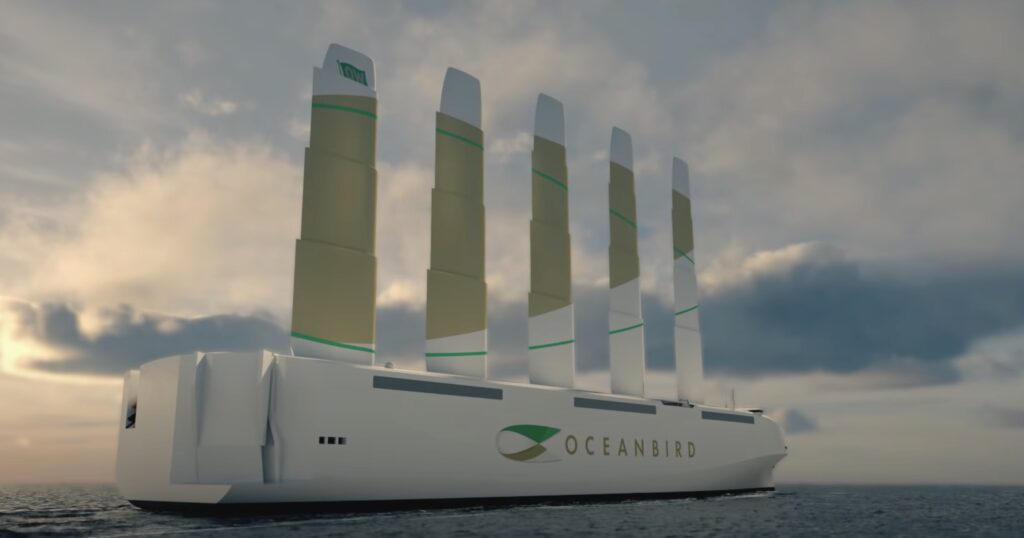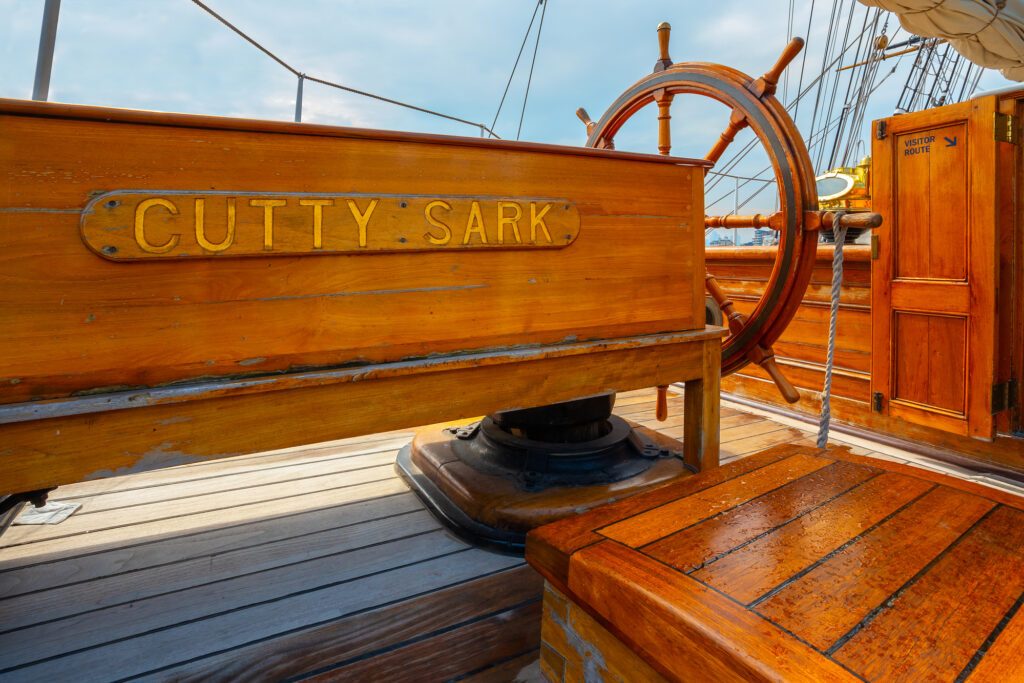It has been a struggle to clean up the shipping industry.
Shipping produces a large share of the world's greenhouse gases, but new technology offers solutions to reduce fuel consumption. Cargo ships powered by wind can help tackle the climate crisis. Cars, trucks and airplanes are widely blamed for the climate crisis, but shipping also produces a large share of the world's greenhouse gases, as well as nitrogen oxides and sulfur pollution because ships largely use cheap heavy fuel oil.
Oceanbird
Oceanbird is a revolutionary Swedish freighter concept, developed by Wallenius Marine in collaboration with the Royal Swedish Technical University (KTH) and SSPA, a maritime consultancy company. This striking and innovative ship promises to drastically reduce greenhouse gas emissions by using wind energy. The Oceanbird is an example of the growing interest in sustainable shipping, where the aim is to reduce greenhouse gas emissions and pollution. The ship uses wind energy as its primary power source, enabling it to reduce carbon dioxide emissions by as much as 90% compared to traditional freighters.

The Oceanbird is a groundbreaking concept that has the potential to transform the maritime industry and contribute to a more sustainable future.
The most striking feature of the Oceanbird are the five huge, extending and rotating wingsails. These sails are 80 meters high and made of a lightweight composite material. They are designed to use wind energy efficiently and can be adapted to different weather conditions and sailing routes.
The Oceanbird has a payload capacity of approximately 32.000 tons and is designed to carry 7.000 cars or an equivalent amount of cargo. The ship will be able to reach a maximum speed of approximately 10 knots (18,5 km/h).
wind drive
It has been a struggle to clean up the shipping industry, but one solution is the use of wind-powered ships. That may seem like it goes back to the days of the Cutty Sark, but new high-tech wind propulsion can be fitted to existing ships to reduce fuel consumption. The wind is free, the wind is stronger at sea than on land and navigation software can take weather conditions into account and use advanced algorithms to plan the fastest and most fuel-friendly journey.
A wide variety of wind powered devices have been designed for ships, using sails, kites or rotors that look like vertical cylinders. These are mounted on the deck of a ship and many can be retrofitted to existing ships. Already more than 20 commercial freighters are using wind power to reduce their fuel consumption, and more are being launched, but wind power is taking a long time to become widely accepted in the industry.

Although the Cutty Sark never became the fastest tea clipper, thanks to competition from steamships, she nevertheless established a reputation as an exceptionally fast and reliable vessel.
Cutty Sark
One of the fastest and most famous sailing ships in history, the Cutty Sark is a symbol of the power and elegance of the age of sailing. Built in 1869, this nineteenth-century clipper represents an important moment in maritime history and is now an important cultural heritage. The Cutty Sark was originally built for the lucrative tea trade between China and Great Britain.
The Sailing Ship was built in Dumbarton, Scotland, by shipbuilder Scott & Linton, to the design of Hercules Linton. The ship is a wonderful example of a British clipper, a ship type characterized by its slim and streamlined hull, designed for speed and efficiency. The Cutty Sark has a length of 85 meters and a width of 11 meters. The three masts reach up to 46 feet high, and the ship could carry up to 32.000 square feet of sails.



